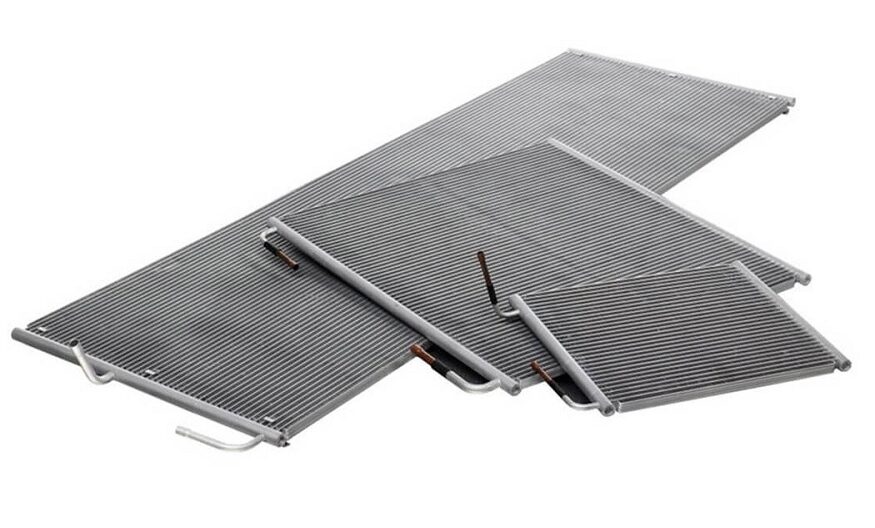
Microchannel solutions have emerged as revolutionary technologies in various industries, especially in the field of heat exchange. Their compact design, enhanced efficiency, and versatility make them an essential consideration for engineers and decision-makers alike.
The Advantages of Microchannel Technology
Microchannel heat exchangers utilize small channels, typically less than 1mm in width. This design allows for greater surface area interaction between the refrigerant and the cooling medium, which enhances thermal transfer. The benefits of using microchannel solutions include:
- Improved Efficiency: The increased surface area leads to better heat transfer rates, which can contribute to lower energy consumption.
- Reduced Refrigerant Charge: Microchannel units require significantly less refrigerant, aligning with environmental regulations and decreasing operational costs.
- Compact Size: The small size of these heat exchangers allows for more flexible system designs, suitable for tight spaces.
Applications Across Industries
Microchannel technology is not confined to a single sector. Its applications span diverse fields, including:
- HVAC Systems: Used for efficient cooling in commercial buildings, enhancing energy savings.
- Automotive: Integrated into vehicle cooling systems for better performance and reduced weight.
- Industrial Processes: Employed in process cooling applications to maximize productivity while minimizing footprint.
One exemplary company leading the development of microchannel solutions is Kaltra. Their innovative microchannel coils are designed for various applications, positioning themselves as a go-to resource for industry professionals.
Challenges in Implementation
While microchannel technology presents numerous advantages, the implementation process can come with challenges.
- Manufacturing Complexity: Producing microchannel components demands precision engineering, which can increase production costs.
- Installation Requirements: Proper installation is critical to realize the efficiency gains; any misalignment can lead to suboptimal performance.
- Material Selection: Choosing the right materials is essential to prevent corrosion and ensure longevity, particularly in harsh environments.
Maintenance and Longevity
Understanding the maintenance needs of microchannel heat exchangers is crucial for their long-term performance. Regular cleaning and inspection help maintain efficiency, especially in applications where dust and contaminants are prevalent.
The Future of Microchannel Innovations
The ongoing research and advancements in microchannel technology hold promising potential. Innovations such as enhanced surface treatments, improved material compositions, and integration with smart technologies are on the horizon. These developments aim to further optimize performance and expand their applicability across new domains.
A Result
The implementation of microchannel solutions offers compelling benefits across various industries, characterized by enhanced efficiency and a reduced environmental footprint. However, stakeholders must navigate the challenges of manufacturing complexity, installation precision, and maintenance to fully capitalize on these advantages. As technological advancements continue to unfold, the future of microchannel solutions looks promising, with the potential to revolutionize thermal management systems further.
